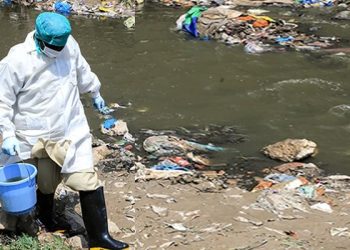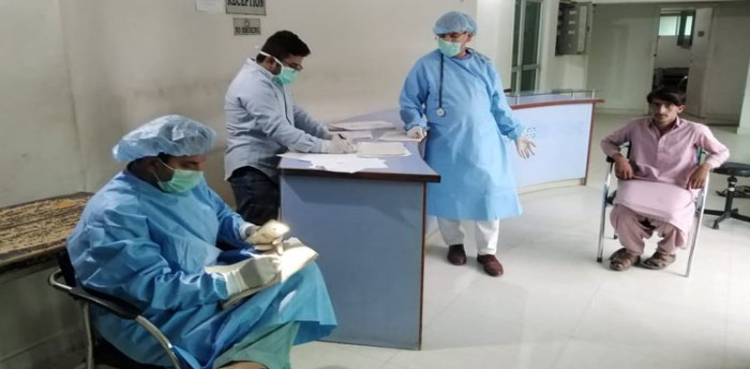Doctors around the world are offering false hope and bogus treatments to millions of people with an incurable condition that can lead to blindness. BBC reporter Ramadan Younes, who has the disease himself, went undercover to expose them.
Lying in hospital for five days in complete darkness, bandages covering my eyes, I imagined what my life would be like with my vision improved.
It was 2013, and I had travelled to Beijing, China, after reading about a treatment for the genetic eye disease retinitis pigmentosa (RP). Six years earlier, I had been diagnosed with the condition, which means I’m gradually losing my vision and one day I could go blind.
I raised $13,000 (£10,900) to pay for treatment that I was told could make my eyesight better and stop it deteriorating further. I was told it would change my life.
When I returned to my home in Cairo, Egypt, I told friends and family that my sight was improving – but it wasn’t true. Nothing had changed.
Month after month, I still feel my vision fading away. The condition means the millions of light sensitive cells at the back of my eye are gradually dying.
There is currently no cure – just one approved genetic therapy that can stop the disease progressing, but only for some patients with a specific faulty gene. But it hasn’t stopped doctors around the world from claiming they can treat the untreatable, often at huge expense.
In three years of investigating supposed treatments for RP, I spoke to dozens of patients like me who had been given false hope, and I met many doctors claiming to have miraculous therapies – in places as varied as Miami, USA, Russia and Gaza.
In Gaza I met people living in refugee camps who had gathered thousands of dollars from friends and family to be treated with injections of glucose and vitamins, along with vibrating massage devices.
I met patients in Sudan who were urged by doctors to travel to Russia every year and spend thousands of dollars on vitamin injections – which even a member of staff at the hospital admitted to me over the phone could not possibly work.
But the case of Miami’s Dr Jeffrey Weiss – who says in his promotional videos, “I am treating the untreatable. I am treating people who have never had hope” – was the most disturbing, taking place in one of the most highly regulated healthcare systems in the world.
The treatment is actually a clinical trial run by Dr Weiss, who performs the operation, and his colleague Dr Steven Levy, who is chair of the study and who has the initial discussions with patients.
But unlike most trials in the US, which are funded by the government or private drug and medical device companies, in this case patients have to pay $20,000 (£16,750) to take part.
One leading doctor – president of the American Society of Retina Specialists, Dr Judy Kim – told the BBC charging for a clinical trial went against widely accepted ethical guidelines and was “morally reprehensible”.
I called Dr Levy, posing as a patient and secretly recording him, to see what he tells patients about the trial. He told me that it involved taking stem cells from the patient’s bone marrow and then injecting them under the eyelids and into the back of the eye sockets.
He told me that Dr Weiss had treated about 700 patients with “no complications”, and “the vast majority” of patients experienced benefits.
But former patients told me a different story. One, named Ahmed Farouki, said that after the procedure he found he could no longer see with his left eye.
Since then, Mr Farouki said he has been telling his story on social media and warning others not to have the treatment. He said if he could speak to Dr Weiss, he would tell him: “Stop sabotaging people’s futures. Enough is enough.”
Several other patients also told me they experienced complications after the procedure, including having debris in the eye.


















































